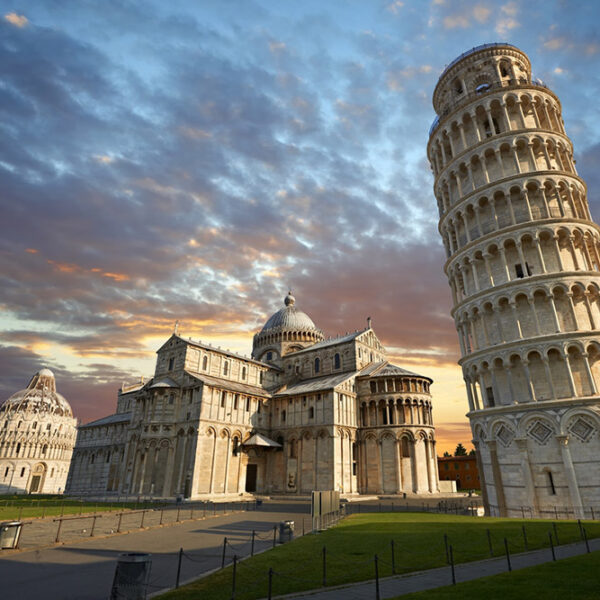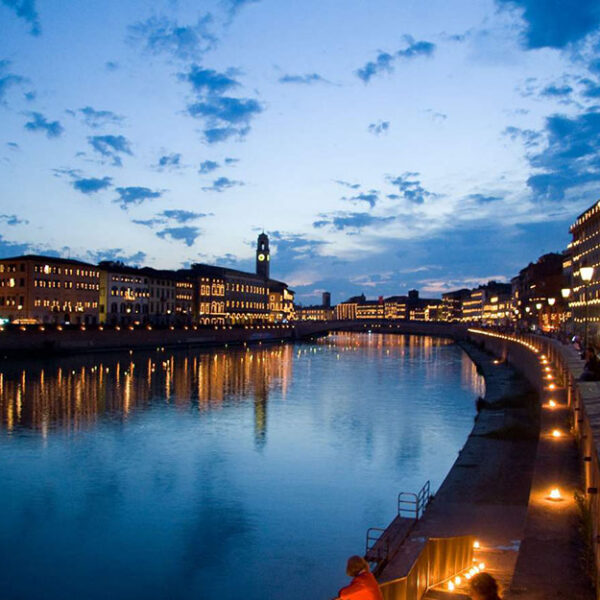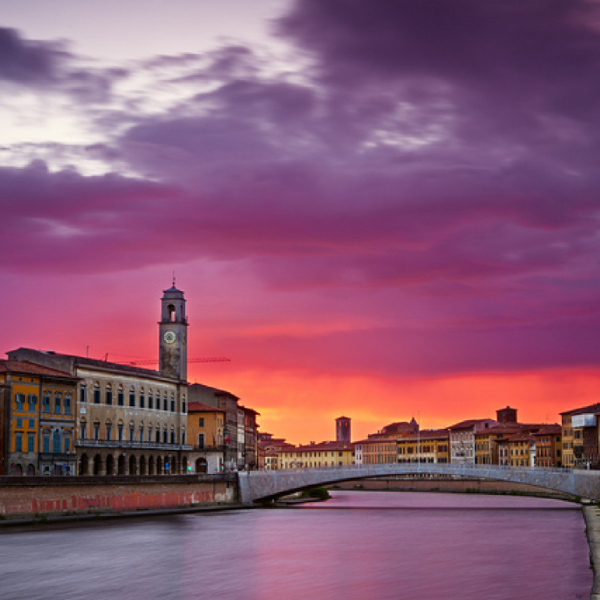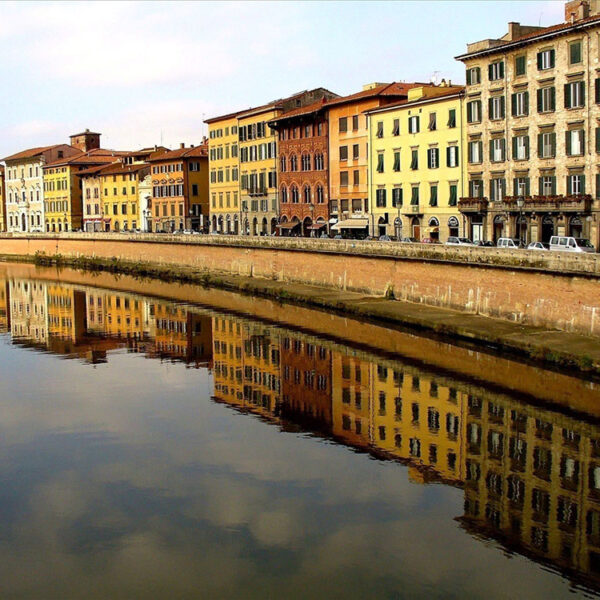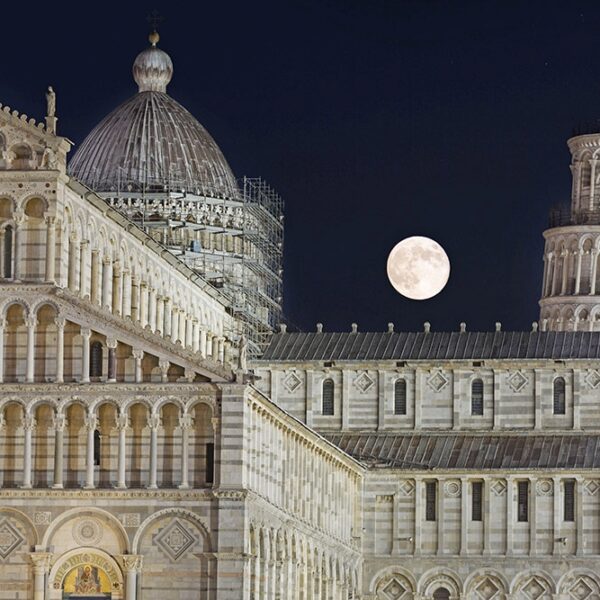The Tower of Pisa is the bell tower of the cathedral. Construction began in August 1173 and continued for about two hundred years, with full fidelity to the original design, whose author is not known with certainty.
In the past many believed that the slope of the Tower was an intentional part of the design, but we now know that this is not the case.
The Tower was designed “straight,” and began to lean during construction. Because of its beauty and slope, from 1173 to the present, the Tower has been the object of very special attention. During construction, efforts were made to counteract its slope with special constructional measures; later, columns and other damaged parts were replaced on several occasions; finally, today action is being taken on the subsoil with the aim of significantly reducing the slope of the Tower, so as to ensure its long life.
In this long history there is one significant constant, the “genetic code” of the Tower: its continuous interaction with the soil on which it is built.
Pisa, in addition to boasting an enormous amount of art treasures, is a city of ancient cultural traditions: home of Galileo, it boasts one of the oldest and most famous universities in the world and is the site of numerous exhibitions and events of extraordinary importance such as the Musical Season, the Luminara Festival and the grand Historical Regatta.


